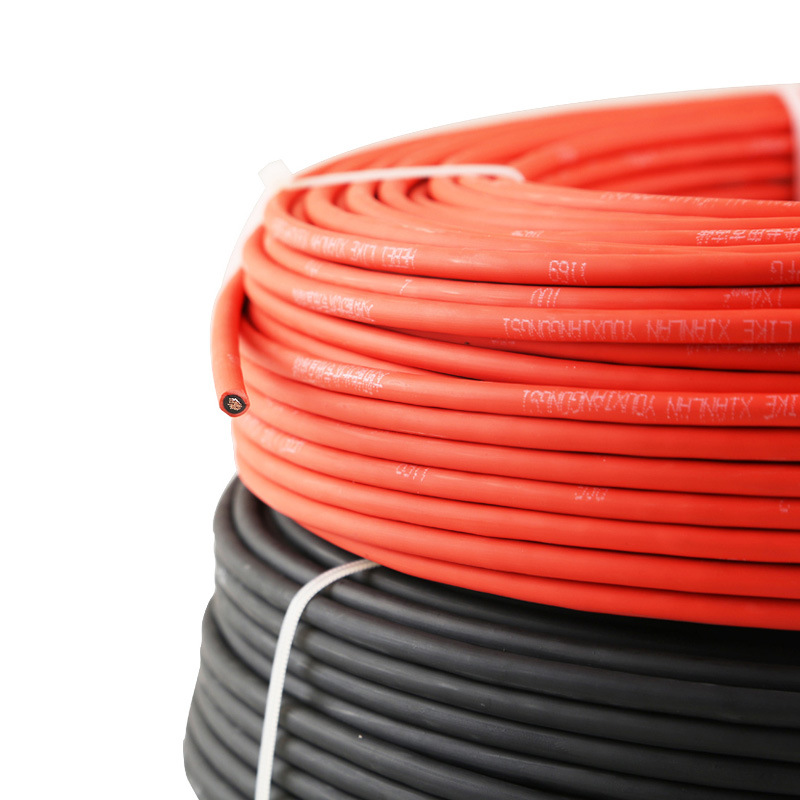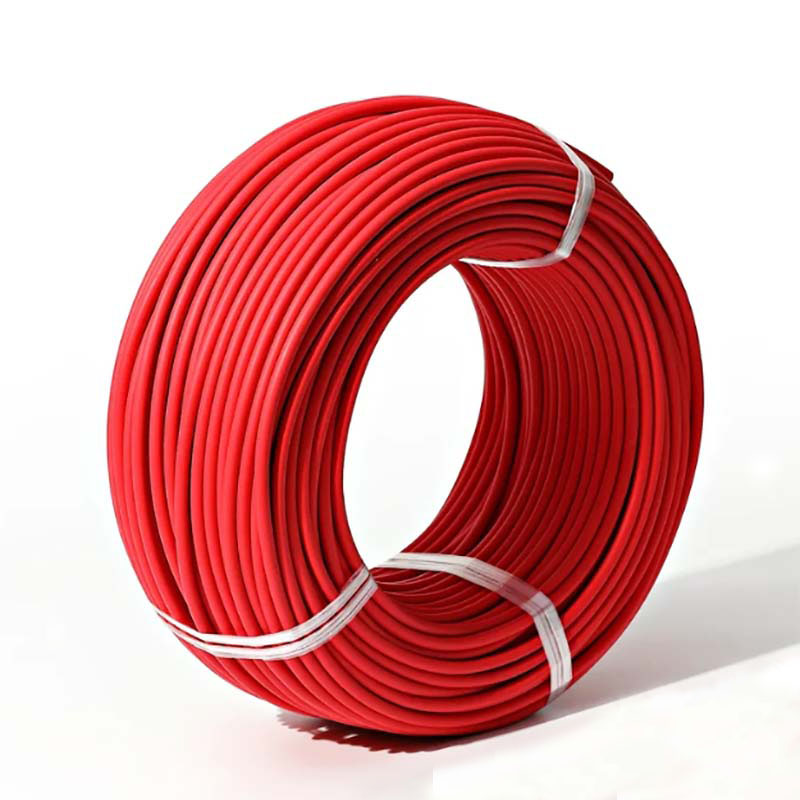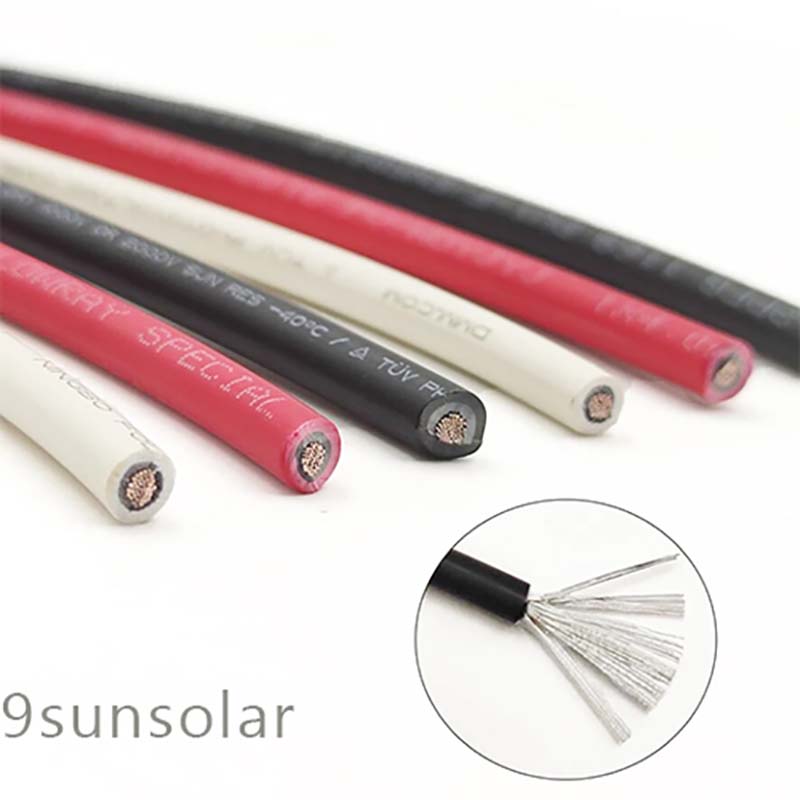In the rapidly expanding world of renewable energy, solar power stands out as a leading source of clean, sustainable electricity. Behind every efficient solar panel system, there’s a critical component that often goes unnoticed but plays a vital role in ensuring optimal performance: solar cables. These specialized cables are the lifelines of solar installations, responsible for transmitting the electricity generated by solar panels to inverters, batteries, and ultimately to the grid or end - use devices. Let’s delve into the world of solar cables, exploring their features, types, advantages, and common applications.

What Are Solar Cables?
Solar cables, as the name suggests, are specifically designed to handle the unique demands of solar energy systems. Unlike standard electrical cables, they must withstand harsh environmental conditions, including extreme temperatures, ultraviolet (UV) radiation, moisture, and chemical exposure. Made from high - quality materials, solar cables are engineered to be durable, flexible, and resistant to aging, ensuring long - term reliability in outdoor and often remote locations.
The core function of solar cables is to carry direct current (DC) electricity generated by solar panels. Since solar panels produce DC power, which is then converted to alternating current (AC) by inverters for use in homes and businesses, the cables need to efficiently transmit DC electricity without significant power loss.

Types of Solar Cables
Solar cables can be categorized based on their use in different parts of a solar power system. The two main types are:
- 1.PV (Photovoltaic) Module Cables: These cables connect individual solar panels to each other, forming strings or arrays. They are typically smaller in diameter and are designed to handle the low - voltage, high - current output of individual panels. PV module cables are often pre - attached to solar panels at the factory, with connectors (such as MC4 connectors) that allow for easy and secure interconnection.
- 2.DC Link Cables: These cables are used to connect the solar panel arrays to the inverter. They carry the combined DC power from multiple panels, so they are larger in diameter and capable of handling higher currents than PV module cables. DC link cables are usually installed in conduits or trenched underground to protect them from external damage.
In addition to these, there are also AC cables used in solar systems, which transmit the AC power from the inverter to the electrical panel or grid. While not strictly "solar cables," they are an important part of the overall system and must be compatible with the inverter and local electrical codes.

Advantages of Solar Cables
Solar cables offer several key advantages that make them essential for solar power systems:
- 1.Weather Resistance: They are built to withstand extreme temperatures, from freezing cold to scorching heat, as well as UV radiation, rain, snow, and humidity. This ensures they can operate reliably in outdoor environments for many years.
- 2.Durability: Solar cables are made from tough materials that are resistant to abrasion, chemicals, and mechanical stress. This makes them less likely to be damaged during installation or over time, reducing the need for frequent replacements.
- 3.Low Power Loss: The high - quality conductors in solar cables have low electrical resistance, minimizing power loss during transmission. This helps to maximize the efficiency of the solar power system, ensuring that more of the electricity generated by the panels is used or stored.
- 4.Flexibility: Despite their durability, solar cables are flexible, making them easy to install in tight spaces or around obstacles. This flexibility also helps to reduce the risk of damage during installation.
- 5.Long Lifespan: With proper installation and maintenance, solar cables can last for 25 years or more, matching the lifespan of most solar panels. This long lifespan ensures that the system remains cost - effective over time.
Common Applications of Solar Cables
Solar cables are used in a wide range of solar power installations, including:
- 1.Residential Solar Systems: In homes with rooftop solar panels, solar cables connect the panels to the inverter, which is usually located in the garage or basement. They are also used to connect the inverter to the home’s electrical panel, allowing the solar - generated electricity to power household appliances.
- 2.Commercial and Industrial Solar Installations: Large - scale solar arrays on commercial buildings, warehouses, and industrial facilities rely on solar cables to connect thousands of panels. These systems often require long runs of DC link cables to connect the arrays to central inverters.
- 3.Ground - Mounted Solar Farms: Utility - scale solar farms, which cover vast areas of land, use extensive networks of solar cables to connect the panels to inverters and transformers. The cables are often buried underground to save space and protect them from damage.
- 4.Portable Solar Systems: Smaller, portable solar devices such as solar chargers, camping solar kits, and RV solar systems also use solar cables to connect the panels to batteries or charging devices. These cables are usually lightweight and flexible for easy transport.
Conclusion
Solar cables may not be the most visible part of a solar power system, but they are undoubtedly one of the most important. Their ability to withstand harsh conditions, efficiently transmit power, and last for decades makes them essential for the success of any solar installation. As the demand for solar energy continues to grow, the role of high - quality solar cables in ensuring reliable and efficient power transmission will only become more crucial. Whether you’re installing a small residential system or a large - scale solar farm, choosing the right solar cables is a decision that will pay off in the long run.




